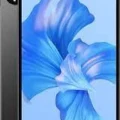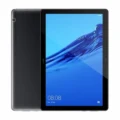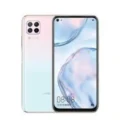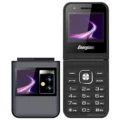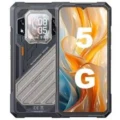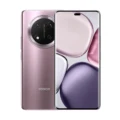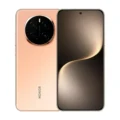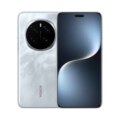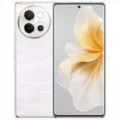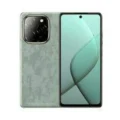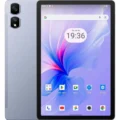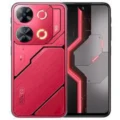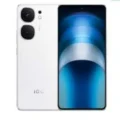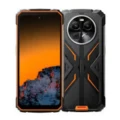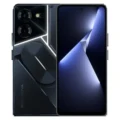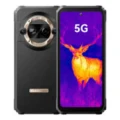Huawei MatePad SE 11
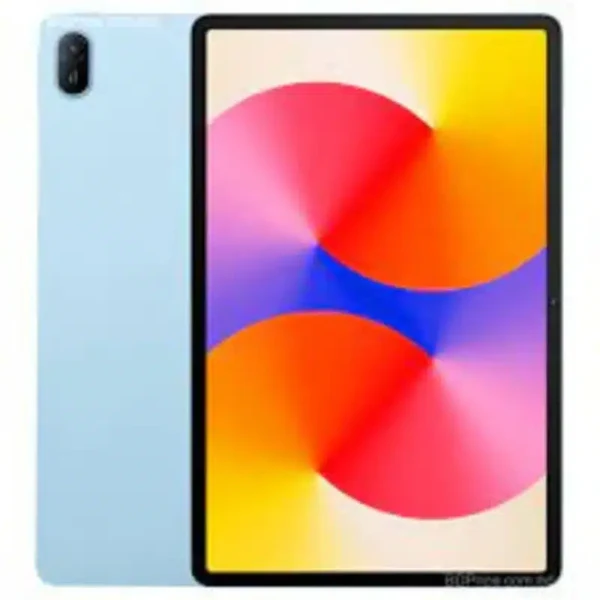




- : 4-8GB RAM
- : 11.0" 1200x1920 pixels
- : 7700mAh 23W
- : 8MP 1080p
Huawei MatePad SE 11: Balancing Style, Performance, and Value
The Huawei MatePad SE 11 is a mid-range tablet offering a blend of sleek design, everyday performance, and attractive pricing. Here’s a closer look at its key features:
Sleek Design and Light Weight
The MatePad SE 11 boasts a premium feel with its metal unibody design, available in sophisticated Nebula Gray and refreshing Crystal Blue. It’s impressively thin and light at just 6.9mm and 475g, making it comfortable to hold for extended periods.
Large Display for Entertainment and Work
The tablet features a spacious 11-inch IPS LCD display with a 1920 x 1200 resolution. While not the highest resolution, it delivers a clear and vibrant viewing experience for everyday tasks, watching videos, or browsing the web.
Capable Performance for Daily Needs
The MatePad SE 11 is powered by an unspecified processor, but it should be sufficient for handling daily tasks like web browsing, social media, light gaming, and productivity apps. It comes with 64GB or 128GB of storage, expandable via a microSD card for additional storage needs.
Focus on Entertainment
HarmonyOS 2.0 keeps the interface user-friendly and provides access to a variety of entertainment apps. Huawei Histen 9.0 audio technology enhances the sound quality for an immersive multimedia experience. The quad-speaker setup allows for wider stereo sound.
M-Pen Lite Compatibility (Optional)
The MatePad SE 11 is compatible with the optional M-Pen lite stylus, allowing users to take notes, draw, or navigate the interface with greater precision.
Long Battery Life
The 7700mAh battery promises long-lasting power for extended use on a single charge. 22.5W fast charging allows for quick top-ups when needed.
Overall, the Huawei MatePad SE 11 is a solid choice for users seeking a stylish, lightweight tablet with good battery life for everyday tasks, entertainment, and light productivity needs.
Want to Learn More?
Furthermore Visit the official website of Huaweifor detailed information about the Huawei MatePad 11.5 S: Huawei Official Website
Still Unsure?
If you’re still unsure about your choice, explore other options from Huawei at your nearest store: Huawei Store
Specs
Network
| 2G Network GSM 850 / 900 / 1800 / 1900 - SIM 1 & SIM 2 (dual-SIM) CDMA 800 / 1900 |
N/A |
| 3G Network |
N/A |
| 4G Network |
N/A |
LAUNCH
| Announced | June, 2025 |
| Status | Available. Released 2024, June |
BODY
| Dimensions | 252.3 x 163.8 x 6.9 mm (9.93 x 6.45 x 0.27 in) |
| Weight | 475 g (1.05 lb) |
| Build | Glass front, aluminum frame, aluminum back |
| SIMs SIM (Subscriber Identity Module) is a small card that contains mobile network subscriber's account information. This allows the phone using the card to attach to a mobile network. The SIM card is most commonly associated with GSM and UMTS mobile networks. Moving a SIM card from one phone to another allows a subscriber to switch mobile phones without having to contact their mobile network carrier. SIM cards can also be used by a phone to store limited amounts of data, such as phone numbers and text messages. |
No Stylus support |
Display
| Display Type Display Technology => A number of display technologies and types used in mobile phones => TFT (Thin Film Transistor), IPS (In-Place Switching), OLED (Organic Light Emitting Diode), AMOLED (Active-Matrix Organic Light-Emitting Diode), Super AMOLED (an even advanced version of AMOLED), Resistive Touchscreen (Resistive touchscreens contain two layer of conductive material with a very small gap between them which acts as a resistance), Capacitive Touchsceen (Capacitive touchscreen technology consists of a layer of glass coated with a transparent conductor) | IPS LCD, 400 nits |
| Size | 11.0 inches, 350.9 cm2 (~84.9% screen-to-body ratio) |
| Resolution | 1200 x 1920 pixels, 16:10 ratio (~206 ppi density) |
PLATFORM
| Operating System OS => Every computer system run on a base software called Operating System (OS). Operating System controls all basic operations of the computer (such as smartphone, PDAs, tablet computers and other handheld devices). The Operating System allows the user to install and run third party applications (apps), apps are used to add new functionality to the device. | HarmonyOS 2.0 |
MEMORY
| Card Slot Memory Card Slot is a special slot for inserting a memory card. Memory cards allow you to expand the phone's built-in memory, A memory card (sometimes called a flash memory card or a storage card) is a small storage medium used to store data such as text, pictures, audio, and video, for use on small, portable or remote computing devices such as mobile phones, mp3 players, digital cameras. | microSDXC (dedicated slot) |
| Internal | 64GB 4GB RAM, 128GB 4GB RAM, 128GB 6GB RAM, 128GB 8GB RAM |
MAIN CAMERA
| Cameras Specs Today’s smartphones come equipped with a very comprehensive set of camera related specifications. Our smartphone, for many of us, has become our primary camera due to it being the one we always have with us. |
8 MP, f/2.0, AF |
| Video | 1080p@30fps |
| Camera Features | Panorama |
SELFIE CAMERA
| Cameras Specs Today’s smartphones come equipped with a very comprehensive set of camera related specifications. Our smartphone, for many of us, has become our primary camera due to it being the one we always have with us. |
5 MP, f/2.2 |
| Video | 720p@30fps |
SOUND
| Loudspeaker | Yes, with stereo speakers (4 speakers) |
| 3.5mm jack |
Unspecified |
COMMS
| WLAN |
Wi-Fi 802.11 a/b/g/n/ac, dual-band |
| Positioning | No |
| Bluetooth Bluetooth is a wireless communications technology for exchanging data between mobile phones, headsets, computers and other network devices over short distances without wires, Bluetooth technology was primarily designed to support simple wireless networking of personal consumer devices. | 5.1, A2DP, LE |
| Infrared Infrared connectivity is an old wireless technology used to connect two electronic devices. It uses a beam of infrared light to transmit information and so requires direct line of sight and operates only at close range. | |
| USB | USB Type-C 2.0, OTG |
| NFC NFC (Near field communication) is a set of standards for smartphones and similar devices to establish peer-to-peer radio communications with each other by touching them together or bringing them into proximity, usually no more than a few inches. | |
| Radio |
Features
| Sensors Sensors are electronic components that detects and responds to some type of input from the physical environment. The specific input could be light, heat, motion, moisture, pressure and location, The output is generally a signal that is converted to use in computing systems, a location sensor, such as a GPS receiver is able to detect current location of your electronic device. |
Accelerometer |
BATTERY
| Battery Type Battery Type => Cell phones run on various kinds of batteries depending on the manufacturer, phone size or shape and features. There are basically four types of cell phone batteries => Lithium Polymer, Lithium Ion, Nickel Metal Hydride and Nickel Cadmium. | Li-Ion (Lithium Ion) |
| Charging The functionality responsible for recharging batteries in portable devices, such as mobile phones, significantly influences both battery lifespan and the practicality of daily product usage.The charging process, encompassing factors like voltage, current, and completion actions, is contingent upon the battery's size and type.Contemporary battery chargers dynamically adjust charging parameters based on the battery's current charging state. Charging an empty battery poses no safety risk, allowing for a quicker charging process. Consequently, many charging speed benchmarks, including ours, specify the battery level achieved after a 30-minute session on an empty battery.Standard chargers with a power output of 5V/1A, equivalent to 5W, serve as a baseline, with anything surpassing this speed classified as quick or fast charging. | 22.5W wired 5W reverse wired |
MISC
| Colors |
Nebula Gray, Crystal Blue |
TESTS
Reviews
Disclaimer Note
We strive to maintain accurate and up-to-date content on our website for general information purposes only. Please refrain from using the material for business, legal, or any other decisions.


